The Intricate Tapestry of Beekeeping: A Journey Through Time
Beekeeping, an age-old practice steeped in tradition and innovation, traces its origins to the dawn of civilization.
Across millennia, cultures worldwide have revered the honeybee not only for its golden nectar but also for its role in sustaining ecosystems and enriching human life.
Let's embark on a captivating journey through the annals of the history of beekeeping to explore the evolution of beekeeping from ancient beginnings to modern endeavours.
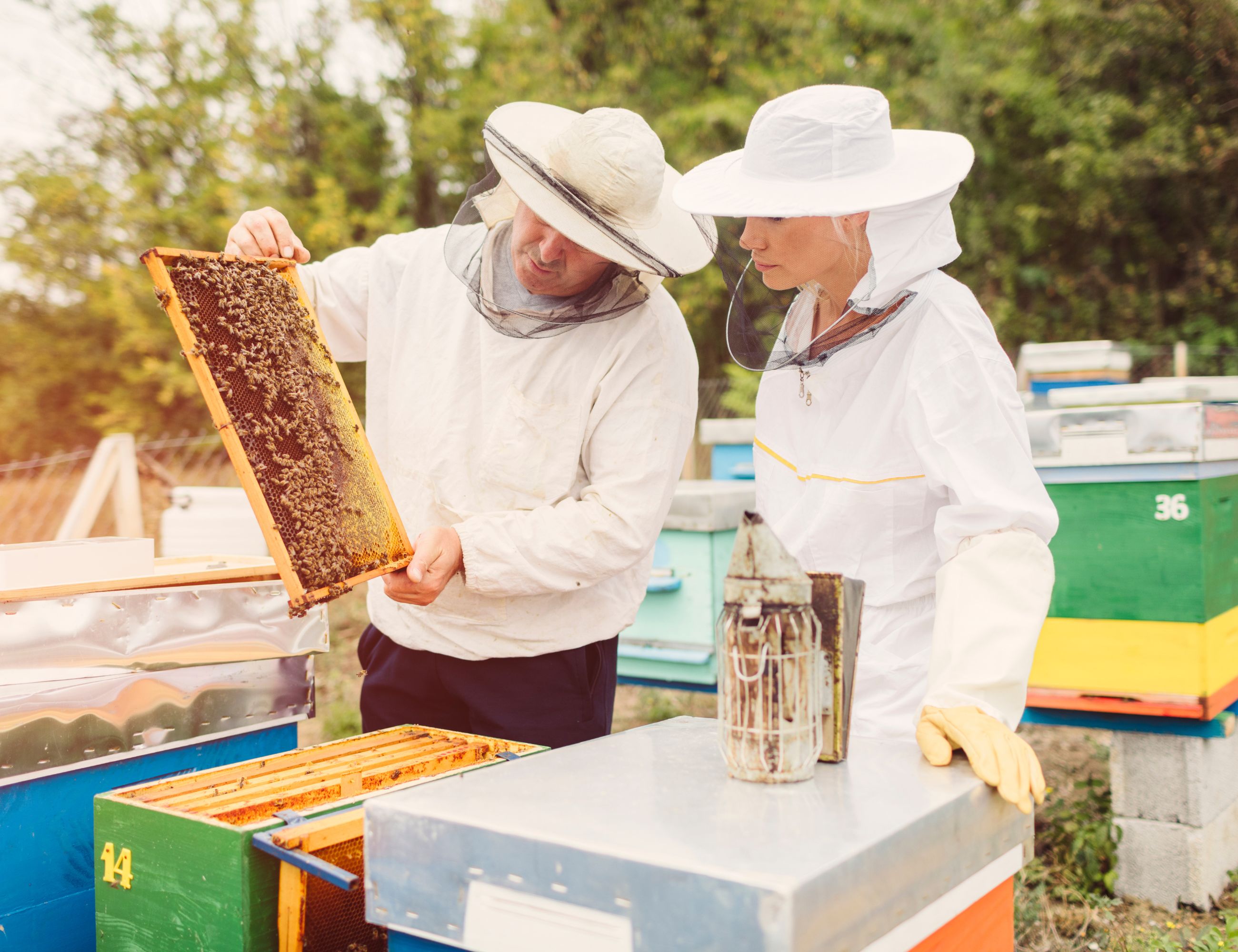
Ancient Beginnings:
The story of beekeeping unfolds in the mists of antiquity, where early humans first encountered wild bee colonies nestled in hollow trees and rocky crevices.
Evidence gleaned from ancient cave paintings in regions spanning Europe to Africa reveals our ancestors' fascination with honey gathering as far back as 15,000 years ago.
These primitive hunters and gatherers risked encounters with stinging bees to harvest nature's sweet bounty, laying the foundation for a symbiotic relationship that would endure through the ages.
The Birth of Apiculture:
The genesis of intentional beekeeping can be traced to ancient civilizations such as Egypt, where imagery on temple walls and papyrus scrolls immortalizes the art of apiculture.
Approximately 4,500 years ago, the industrious Egyptians devised rudimentary hives fashioned from woven reeds and clay pots to house their precious honeybee colonies.
Revered for its divine properties, honey assumed sacred significance in Egyptian culture, featuring prominently in religious rites, culinary delights, and medicinal remedies.
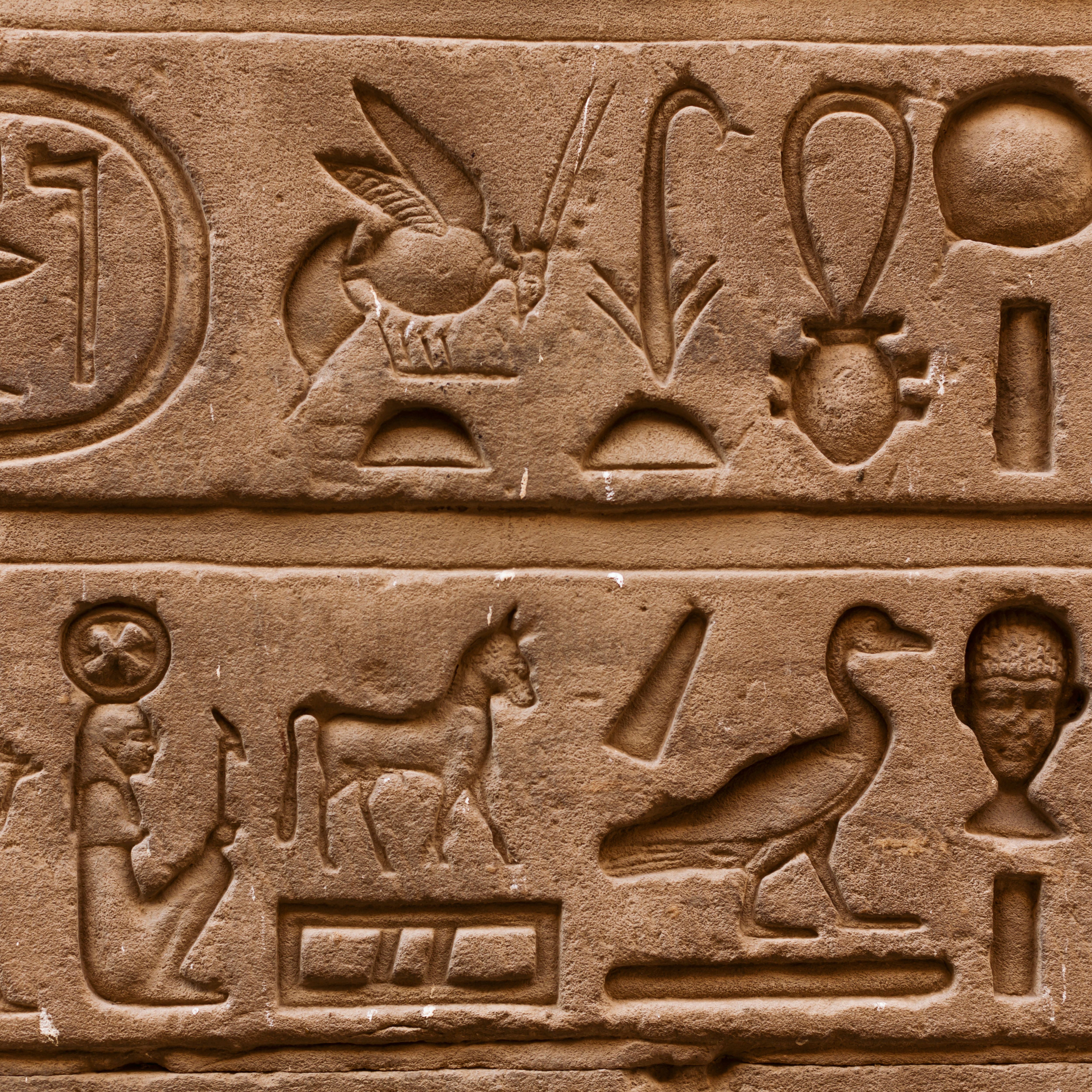
Classical Contributions:
The legacy of beekeeping found resonance in the annals of classical antiquity, with luminaries like Aristotle and Virgil extolling the virtues of bee society and honey production.
In Greece and Rome, apiaries adorned the countryside, fostering a flourishing trade in honey, beeswax, and mead—the fabled nectar of the gods.
The Romans, in particular, elevated beekeeping to an art form, employing ingenious methods to cultivate bees and extract honey, laying the groundwork for centuries of apicultural innovation.

Medieval Monasticism:
Amidst the tumult of the Middle Ages, monastic orders emerged as bastions of beekeeping expertise, with cloistered monks tending to hives nestled within the tranquil confines of monastery gardens.
Guided by a blend of spiritual devotion and practical wisdom, these beekeepers honed their craft, perfecting techniques for hive management, honey extraction, and beeswax processing.
The fruits of their labor not only sustained the faithful but also fueled the flickering flames of enlightenment in a world shrouded in darkness.
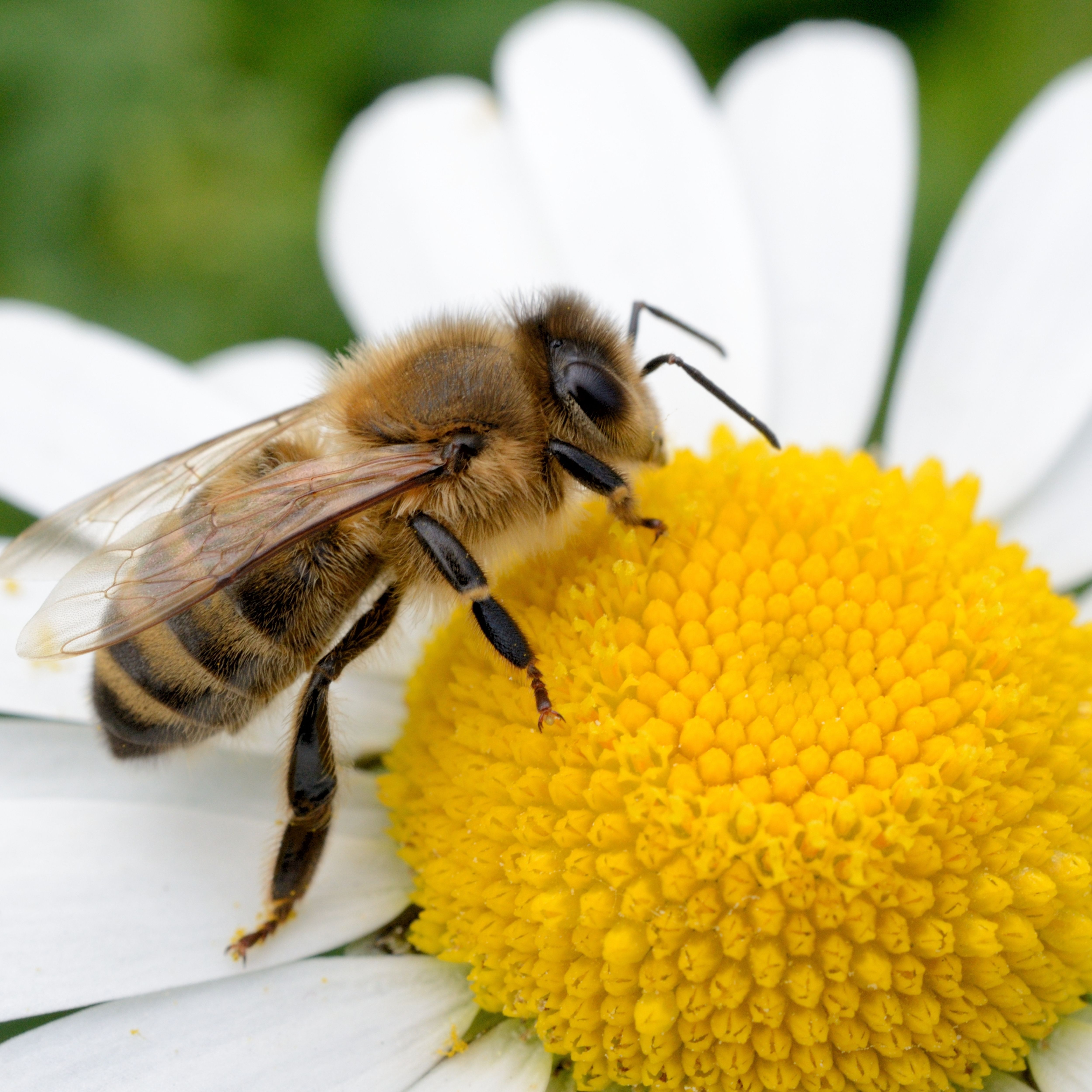 |
 |
Renaissance Rebirth:
With the dawn of the Renaissance came a resurgence of interest in the natural world, kindling a fervent curiosity about the inner workings of the honeybee hive.
Visionaries like Charles Butler and Jan Swammerdam embarked on pioneering studies of bee biology, unraveling the mysteries of pollination, honey production, and swarm behavior.
Meanwhile, across the Atlantic, colonial settlers introduced European honeybees to the New World, laying the groundwork for a transcontinental apicultural exchange that would shape the course of beekeeping history.
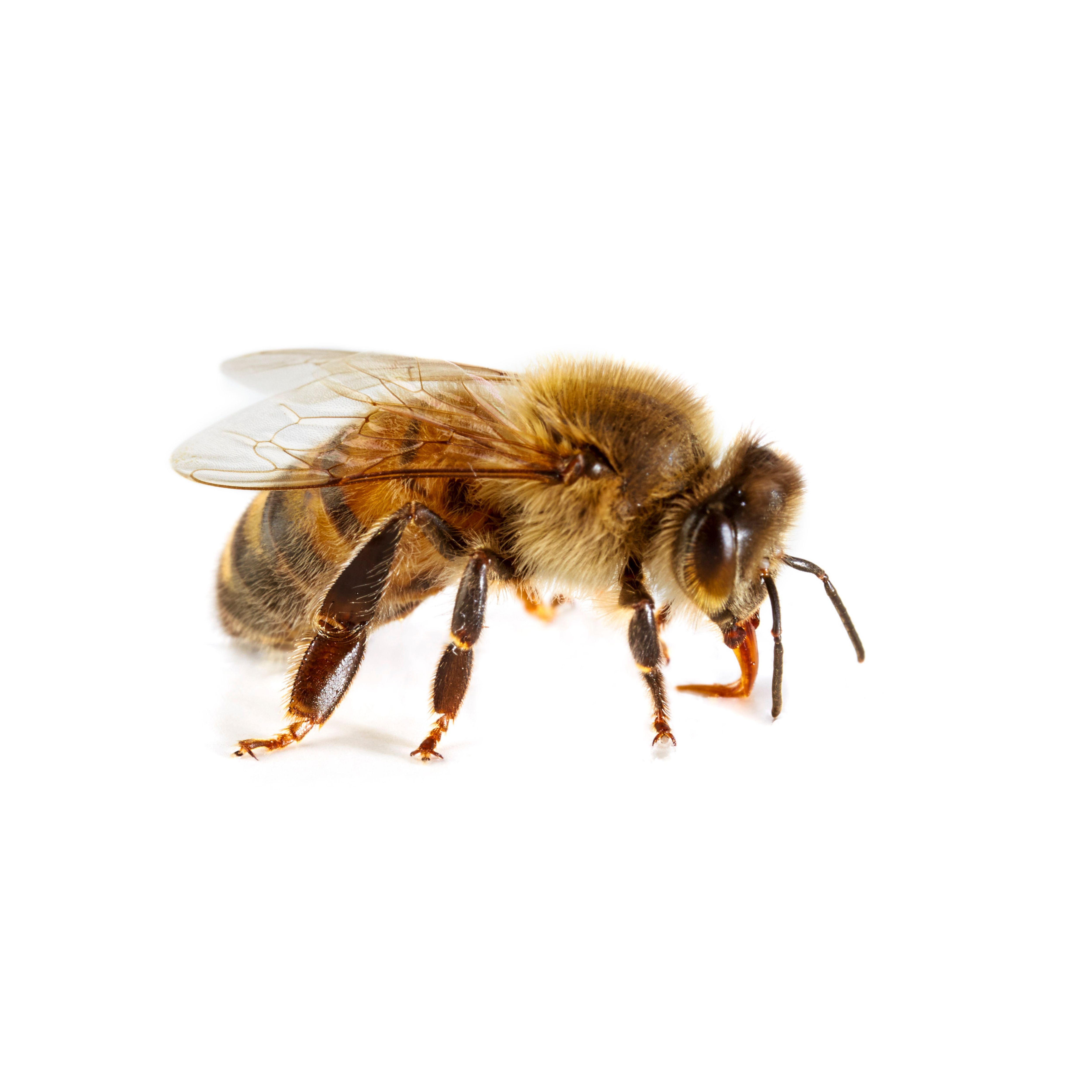
Revolutionary Innovations:
The 19th and 20th centuries witnessed a cascade of transformative innovations that propelled beekeeping into the modern era.
Foremost among these was the groundbreaking invention of the movable-frame hive by Reverend Lorenzo Langstroth in 1851—a milestone hailed as the "birth of modern beekeeping." Langstroth's ingenious design revolutionized hive management, enabling beekeepers to manipulate frames without disturbing the delicate balance of the hive, thus unlocking new frontiers in honey production, queen rearing, and disease control.

Facing Modern Challenges:
As beekeeping flourished in the wake of technological advancements, it also confronted an array of formidable challenges.
From the specter of habitat loss and pesticide exposure to the relentless onslaught of pests and diseases, beekeepers grappled with an ever-shifting landscape fraught with peril.
The scourge of Varroa mites, in particular, emerged as a formidable adversary, decimating bee populations worldwide and sounding the alarm for urgent action to safeguard the future of pollinators.
A Beacon of Hope:
Amidst the trials and tribulations of the present day, beekeeping stands as a beacon of hope—a testament to the enduring resilience of the human spirit and the remarkable adaptability of nature.
From backyard apiaries to commercial operations, beekeepers around the globe continue to tend their charges with unwavering dedication, nurturing the delicate balance between humankind and honeybee alike.
Armed with knowledge, innovation, and a shared commitment to conservation, they embark on a collective journey to ensure a thriving legacy for generations yet to come.
The saga of beekeeping serves as a poignant reminder of our interconnectedness with the natural world and the profound impact of our stewardship upon its fragile ecosystems.
As we tread the path ahead, let us heed the lessons of the past and embrace the promise of the future, cherishing the invaluable gifts bestowed upon us by the humble honey bee—the custodian of sweetness, the harbinger of life.

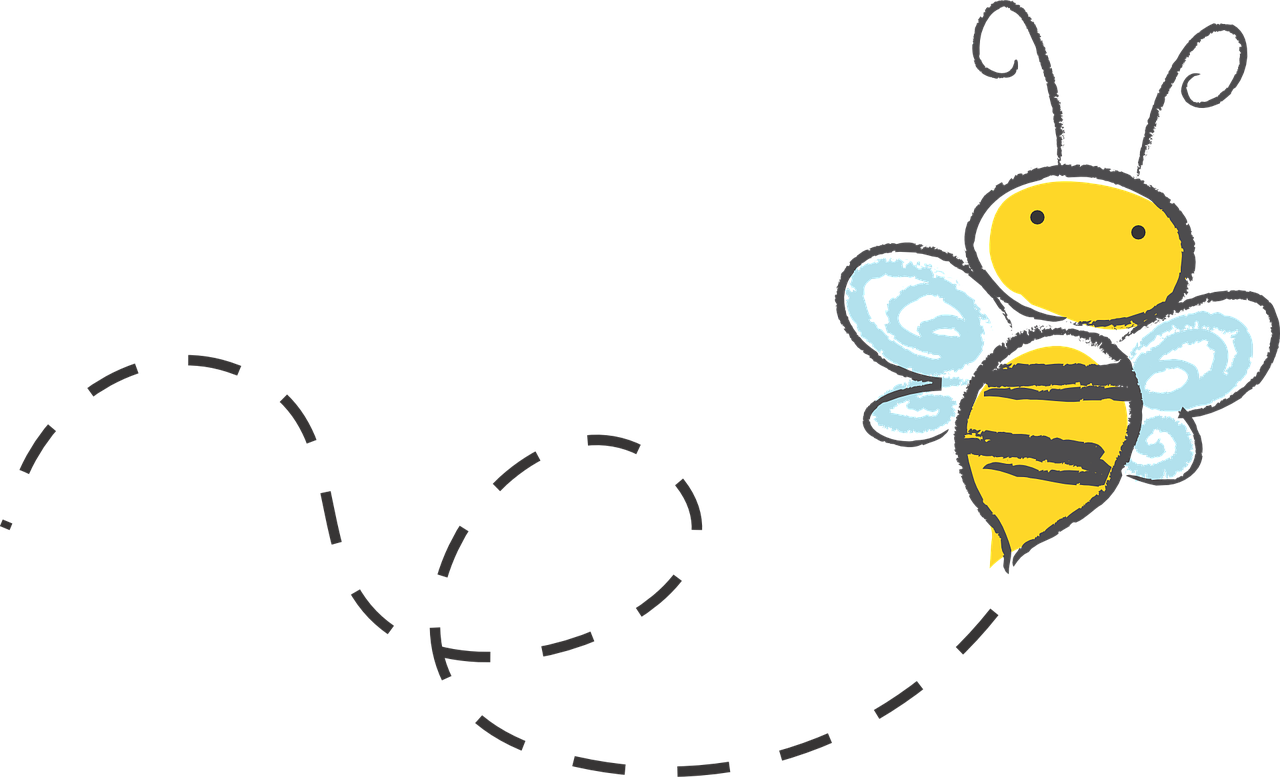
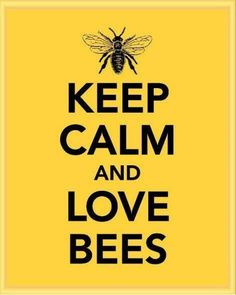

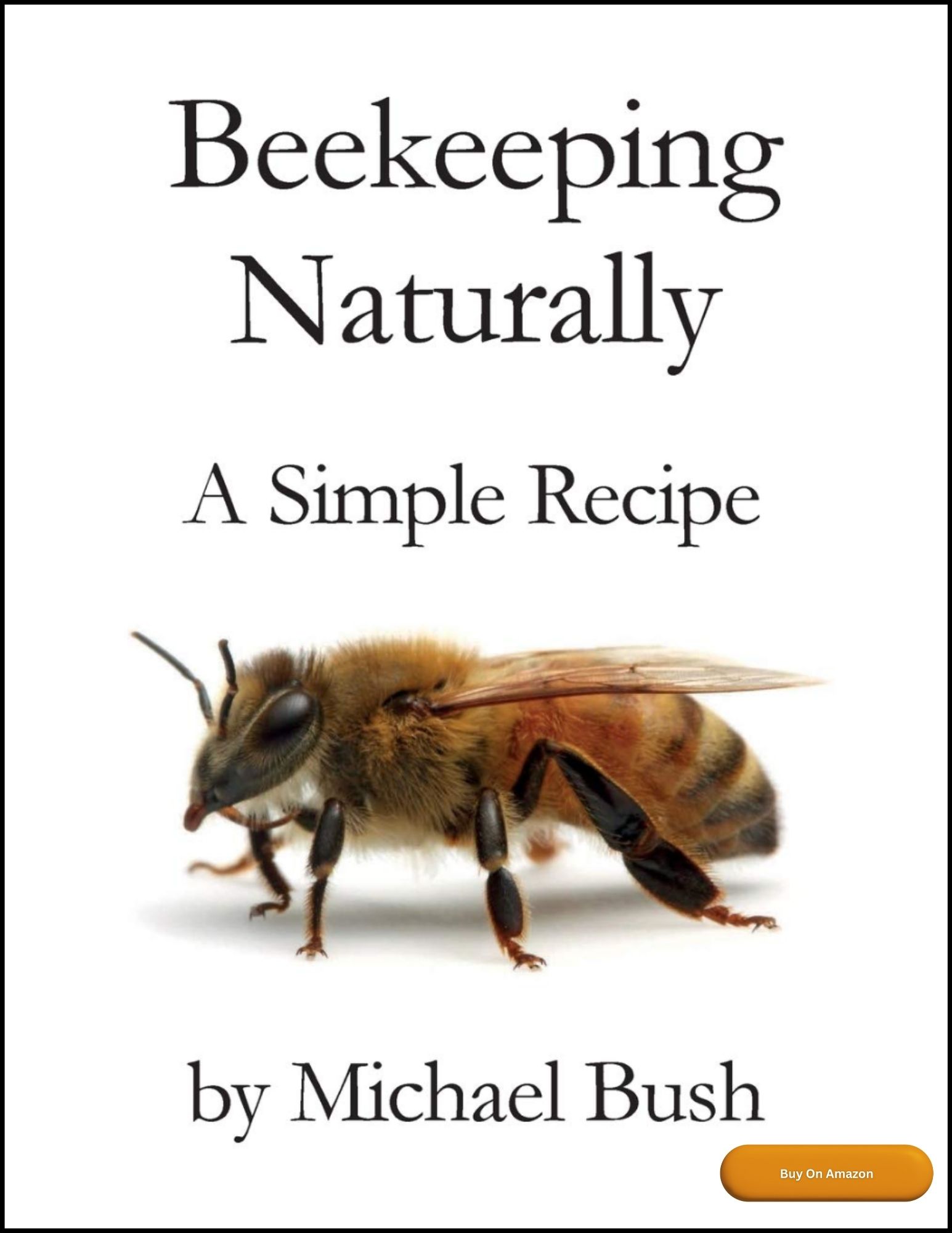
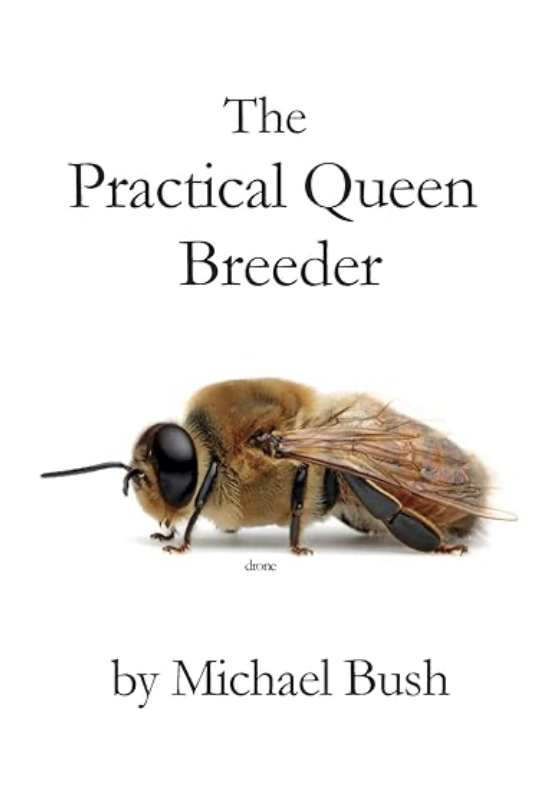
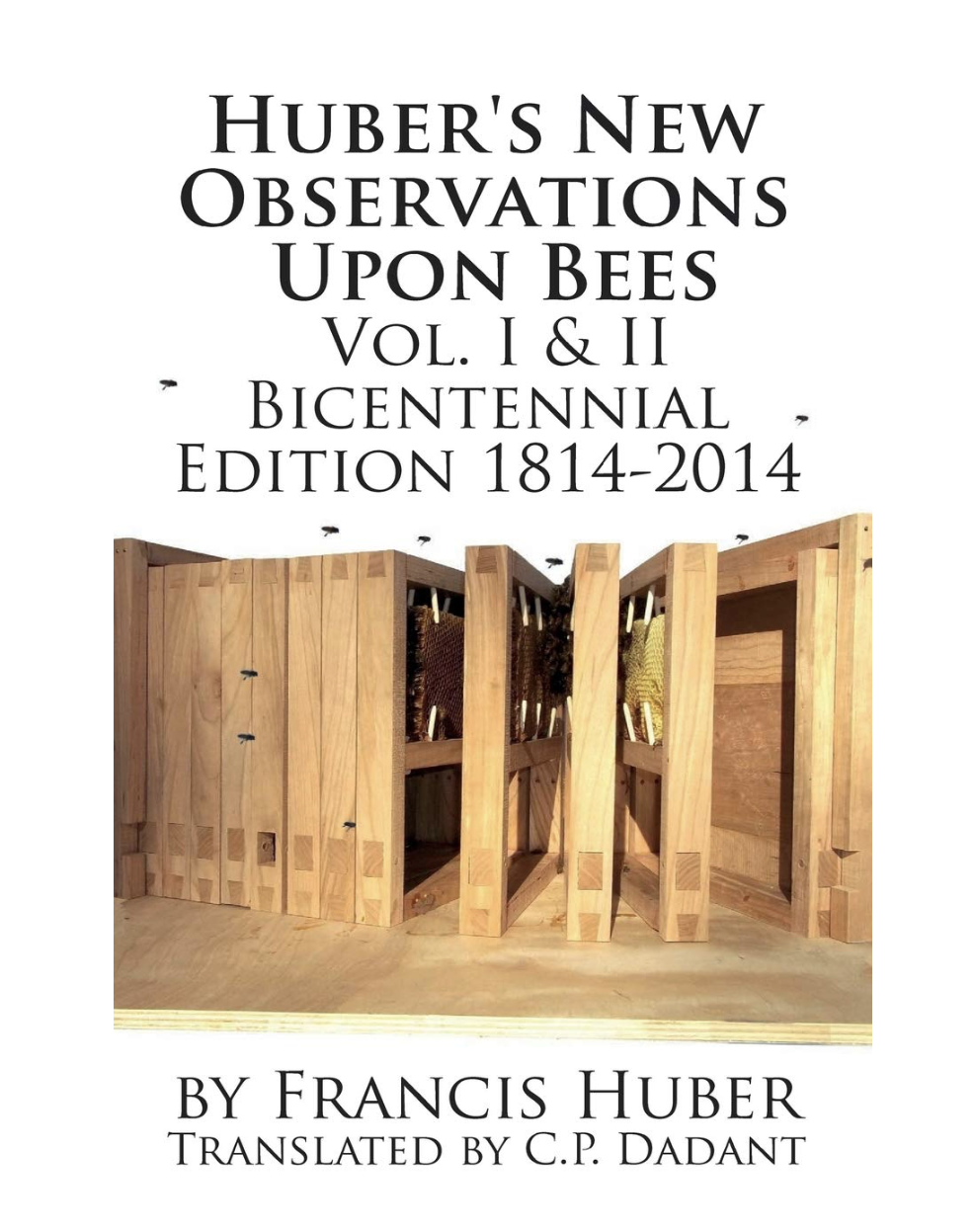
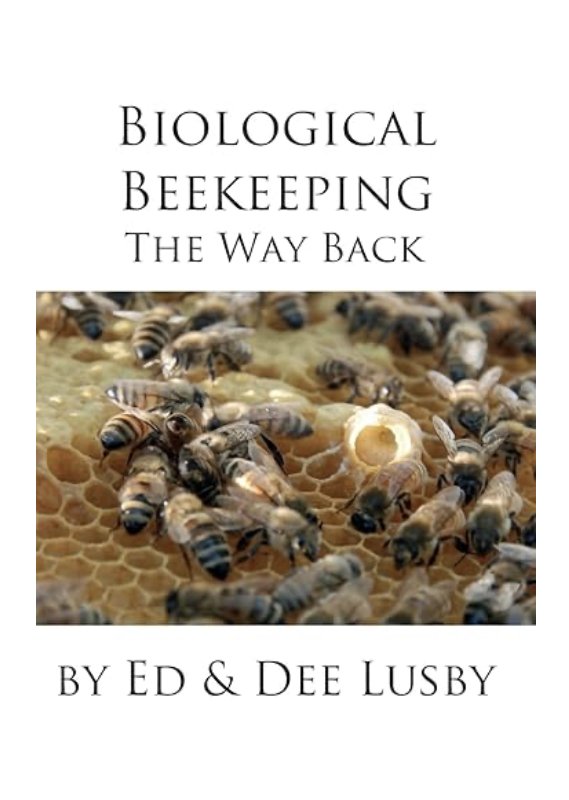

New! Comments
Have your say about what you just read! Leave me a comment in the box below.